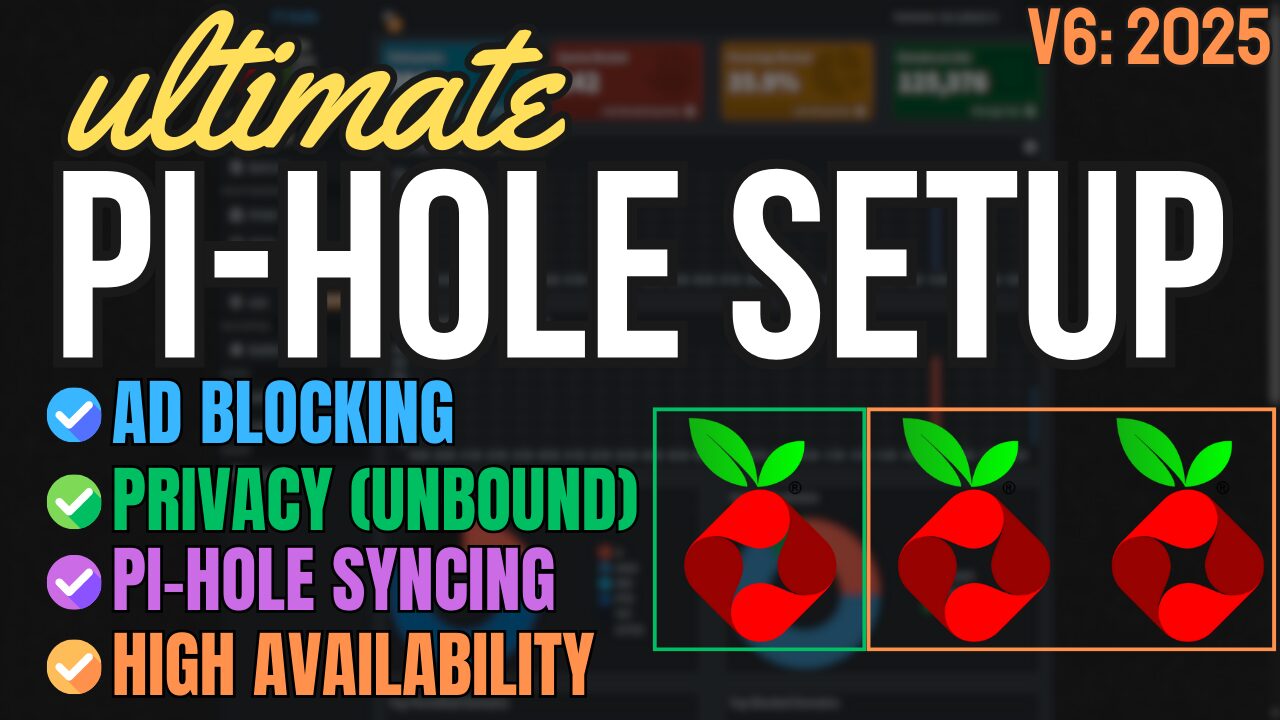Proxmox VE 8 was recently released and offers a bunch of new functionality and benefits. We’ll look at some of the new features below, but before we do, let’s look at how you can upgrade to Proxmox VE 8.0 from v7.4.
Upgrading Proxmox VE 7.4 to 8.0
You must follow the steps below in order to upgrade your Proxmox installation to v8.0.
I want to be entirely clear though that you should have backups of all VMs and Containers and in many cases, it may be best to wait a few weeks before upgrading. If you have a test system, that’s the best place to install Proxmox VE 8.
Using the pve7to8 Checklist Script
A checklist program called pve7to8 is included in the Proxmox VE 7.4 packages. It gives helpful hints and warnings about potential issues before, during, and after the upgrade. To run all checks, use the command below from the Shell.
pve7to8 --fullYou should run the check at least once before upgrading. You’ll also have to work through any errors or warnings that you have and determine if they must be fixed or if you’re comfortable proceeding. In general, you want to have as many passed tests as possible.

Updating the APT repositories
1. Check your Proxmox version to ensure you’re running the latest Proxmox VE 7.4 packages. The output should show that you’re on v7.4-15 or newer.
apt update
apt dist-upgrade
pveversion
2. Update all Debian and Proxmox VE repository entries to Bookworm:
sed -i 's/bullseye/bookworm/g' /etc/apt/sources.listcat /etc/apt/sources.list
cat /etc/apt/sources.list.d/pve-enterprise.listThe cat commands shouldn’t show any remaining Debian Bullseye-specific repositories. If there are, you can edit and comment (or delete) these lines using the nano editor.
3. Run the command below to add the Proxmox VE 8 Repository if you’re using the Enterprise Repository ONLY:
echo "deb https://enterprise.proxmox.com/debian/pve bookworm pve-enterprise" > /etc/apt/sources.list.d/pve-enterprise.listFor the no-subscription repository, run the command below:
NOTE: You may have to update the command below to point directly to the file!
sed -i -e 's/bullseye/bookworm/g' /etc/apt/sources.list.d4. Finally, run a final update command and then upgrade the system! There will be a few prompts that appear during the installation, and you should review each to ensure you’re comfortable with the options presented.
apt updateapt dist-upgrade
5. When the installation finishes, run the command below to reboot Proxmox, and when it’s finished rebooting, you should be on Proxmox VE 8.0!
reboot now
New Features in Proxmox VE 8
Below is a list of new features in Proxmox VE 8. To be clear, these features will not be used by everyone and it will depend greatly on how you’re using Proxmox. However, these are fairly significant updates.
Integrated Ceph Enterprise Repository
Proxmox Virtual Environment now incorporates Ceph Quincy, enabling you to operate and control Ceph storage directly from any cluster nodes and simplifying the setup and management of a hyper-converged infrastructure.
Enhanced LDAP & Active Directory Synchronization
Syncing user and group data from LDAP and Microsoft Active Directory can now be automated to run at regular intervals. This makes managing user data simpler and reduces the risk of errors and oversights that can occur when manually synchronizing the data.
Software-Defined Networking (SDN) Control
Network resources used in SDN are now integrated into Proxmox VE’s access control system. This allows for detailed permission assignments for network bridges and VNets to specific users or groups.
Flexible Resource Mappings
Connections between resources (like PCI(e) or USB devices) and nodes in a Proxmox VE cluster can now be set up and managed via the API or the web interface. These resources can be linked to physical resources on each node, enabling offline migrations for VMs with passed-through devices. If there’s a conflict due to changes or overlaps, users are notified when starting the VM.
Two-Factor Authentication (2FA)
For enhanced security, accounts will be locked after numerous failed login attempts, particularly during the second step of two-factor authentication. If TFA or TOTP fails too often, the account is temporarily locked. The account can be unlocked using a recovery key or by an administrator.
Text-Based User Interface for Installer ISO
A text-based interface has been introduced as an optional way to collect necessary information during installation. This addresses issues that might arise when using the graphical installer on very new or old hardware.
Upgraded Default CPU Type
The x86-64-v2-AES model is now the default CPU type for VMs created via the web interface. It provides additional capabilities compared to the qemu64/kvm64 models and enhances the performance of many computing operations.

Conclusion: Proxmox VE 8.0 Upgrade
To be entirely clear, most users shouldn’t upgrade directly to Proxmox VE 8. It is in your best interest to test everything out (if possible) or wait a few weeks to ensure that everything is working as expected.
However, it’s a great option if you’re using a test system or simply want to use some of the new features and are willing to take on the risk.




